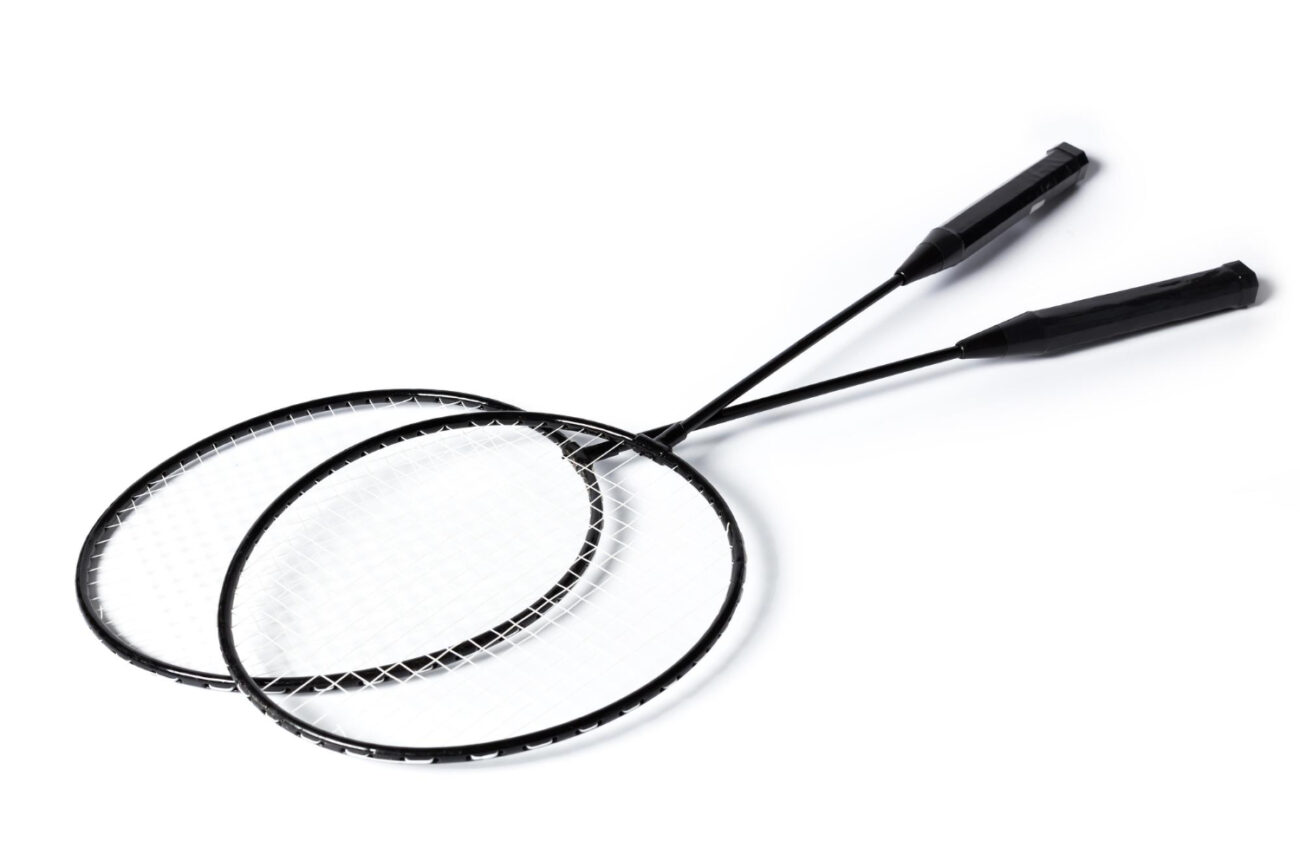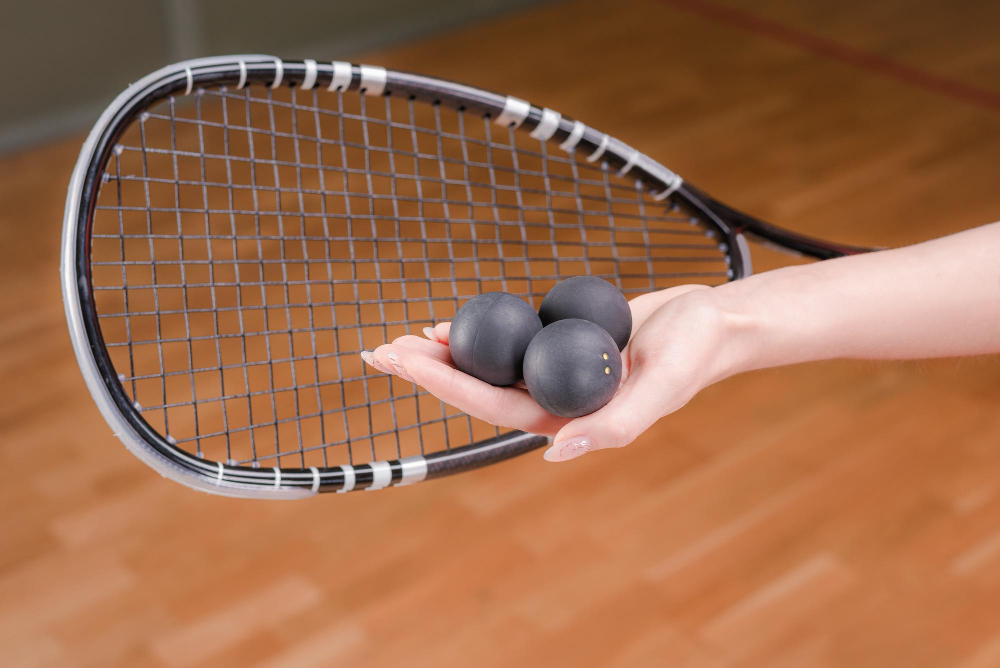As you all know all racquet sports including badminton, tennis, and squash have service or serve rules as it form a crucial part of the player’s drill. Here’s how it works in badminton.
The starting point of any badminton match, the service or the serve of the shuttlecock is an art itself. In the intricate game of badminton, the serve is a crucial strategic element that sets the tone of the entire rally.
Top players often opt for a short backhand serve to get things going, while there are some players to name a few, PV Sindhu prefers a powerful forehand serve that forces her opponents to scramble to the baseline. Left-handed players like Carolina Marin and World Champion Kento Momota bring an added layer of complexity to their serves making it tough for the opponents to anticipate the trajectory of Shuttlecock.
While the serve may not be as game-changing as it is in tennis but it remains a vital component of a Badminton player’s overall strategy.
To maintain the spirit of the game and upholding its integrity, Badminton World Federation (BWF) has established a set of service rules for both singles and doubles in Men’s and Women’s categories.
Let’s dive into the service rules of badminton every player must know of.
- A correct service is when a player hits a shuttlecock with their racket properly over the net to the opponent’s side without the shuttle getting stuck in the net or exceeding the boundaries of the court with some part of the server’s and the receiver’s feet connected with the court surface.
- In a correct service, when both the players are ready, the server should initiate the serve by moving the head of the racket forward, marking the start of the service. It’s essential for the server to avoid any unnecessary delays once both players are prepared, ensuring a smooth and timely start to the rally.
- The server shall not serve before the receiver is ready. However, the receiver shall be considered to have been ready if a return of the service is attempted.
- If the server’s shuttle goes out of bounds of the court the receiving player or side wins the point.
- During the serve when the server hits the shuttlecock, the whole shuttle shall be below the server’s waist at the instant of being hit by the server’s racket. The waist shall be considered to be an imaginary line round the body, level with the lowest part of the server’s bottom rib.
- When both the players are ready, the server should initiate the serve by moving the head of the racket forward, marking the start of the service. It’s essential for the server to avoid any unnecessary delays once both players are prepared, ensuring a smooth and timely start to the rally.
- Both the server and the receiver should stand diagonally on opposite sides of the court without touching the boundary lines.
- A coin toss is done in a badminton match before the play to determine the server, and whichever player or the side scores a point shall become the server for the subsequent point.
Let’s have a look at the singles and the doubles serving rules in badminton –
Singles service Rules in Badminton
- The player who serves first in any game will serve from the right side of the service court on which they will play the match.
- The players shall serve from and receive in, their respective right service courts when the server has not scored or has scored an even number of points in that game.
- Vice versa, the players shall serve from and receive in, their respective left service courts when the server has not scored or has scored an odd number of points in that game.
- If the server wins a rally the server shall score a point. The server shall then serve again from the alternative service court.
- If the receiver wins the rally, the receiver shall score a point. The receiver then shall become the new server.
Doubles Service Rules in Badminton
The doubles service rules in badminton are slightly more complicated in the BWF’s laws.
- A player of the serving side shall serve from the right service court when the serving side has not scored or has scored an even number of points in that game.
- A player of the serving side shall serve from the left service court when the serving side has scored an odd number of points in that game.
- The player of the receiving side who served last shall stay in the same service court from where he served last. The reverse pattern shall apply to the receiver’s partner
- The receiver must stand on the alternate service court and the pair who wins the point shall become the server for the subsequent point.
The right to serve in badminton doubles are as follows:
- From the initial server who started the game from the right service court.
- To the partner of the initial receiver.
- To the partner of the initial server.
- To the initial receiver.
- To the initial server and so on.
No player shall serve or receive out of turn, or receive two consecutive services in the same game.
Either player of the winning side may serve first in the next game, and either player of the losing side may receive first in the next game.
The service court error occurs when a player serves or receives out of turn or from the incorrect service court. If a service court error is detected, the mistake will be corrected and the current score will remain unchanged.
A point is scored when the teams win the rally regardless of whether they are the serving or receiving side. A rally ends when the shuttlecock touches the ground, hits the net or goes out of bounds of the court then the shuttlecock is no longer in play and the team that wins the rally earns the point.
The first side to reach 21 points, with a two-point difference, wins the game and a match consists of three games.
The sides are required to change sides after each game, and any player from the winning side can serve in the next game, and similarly, any player from the losing side can receive in the next game.













